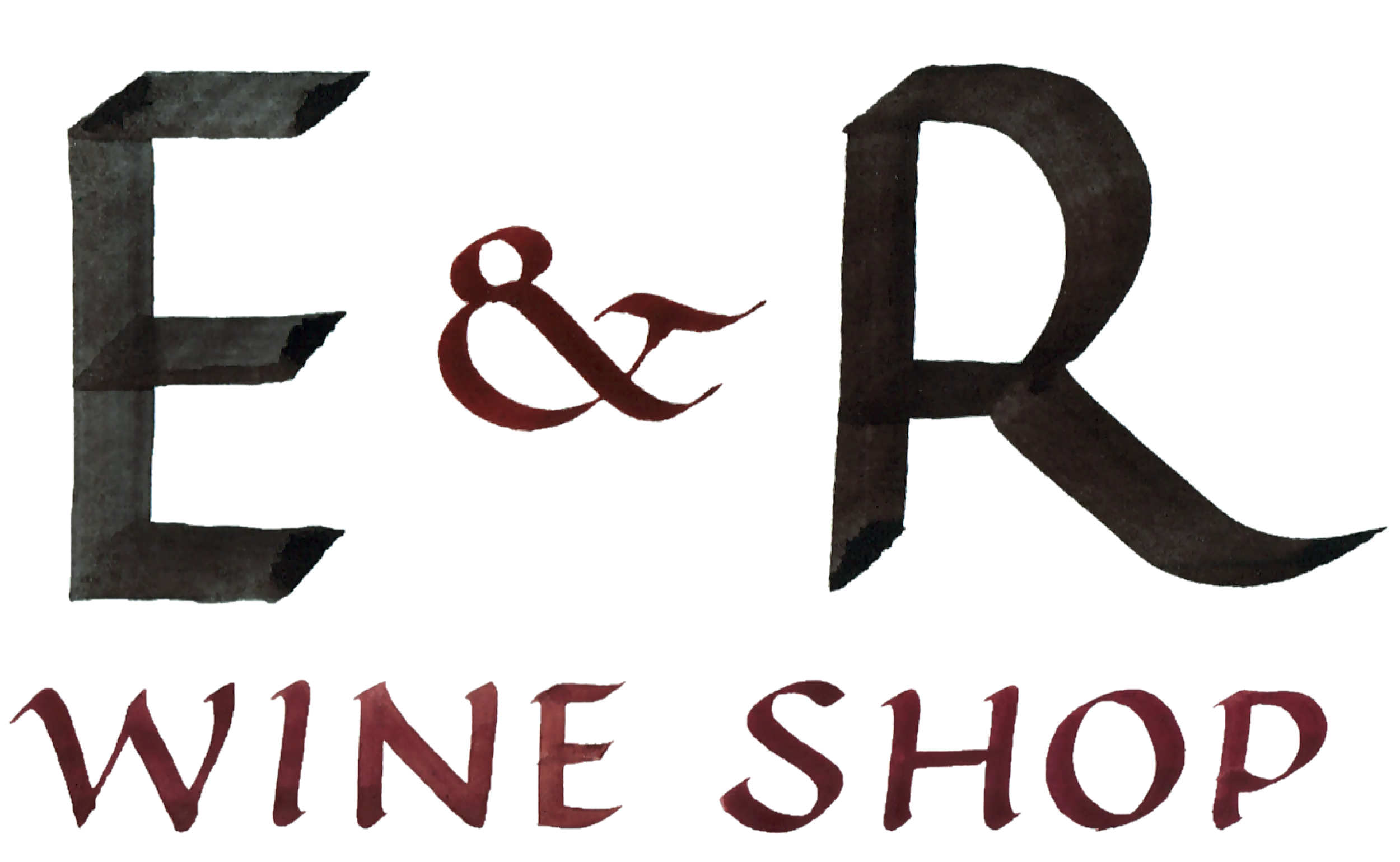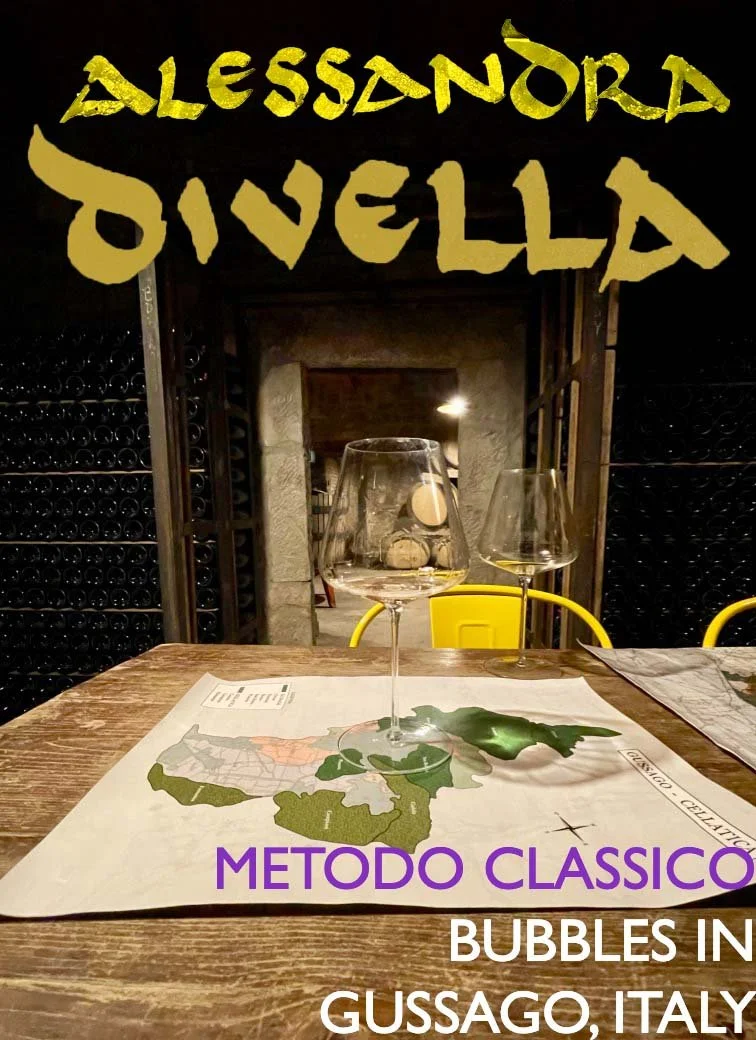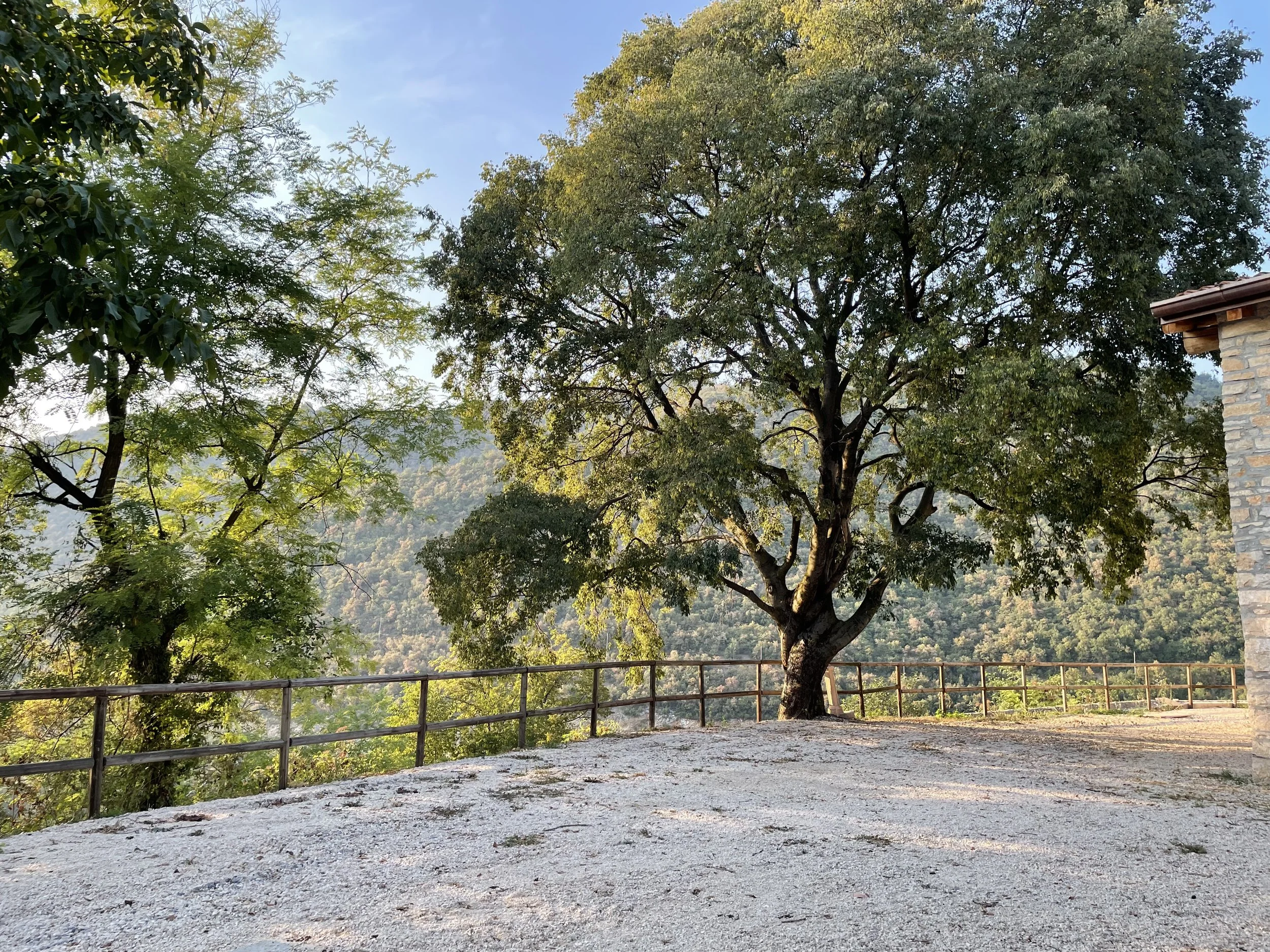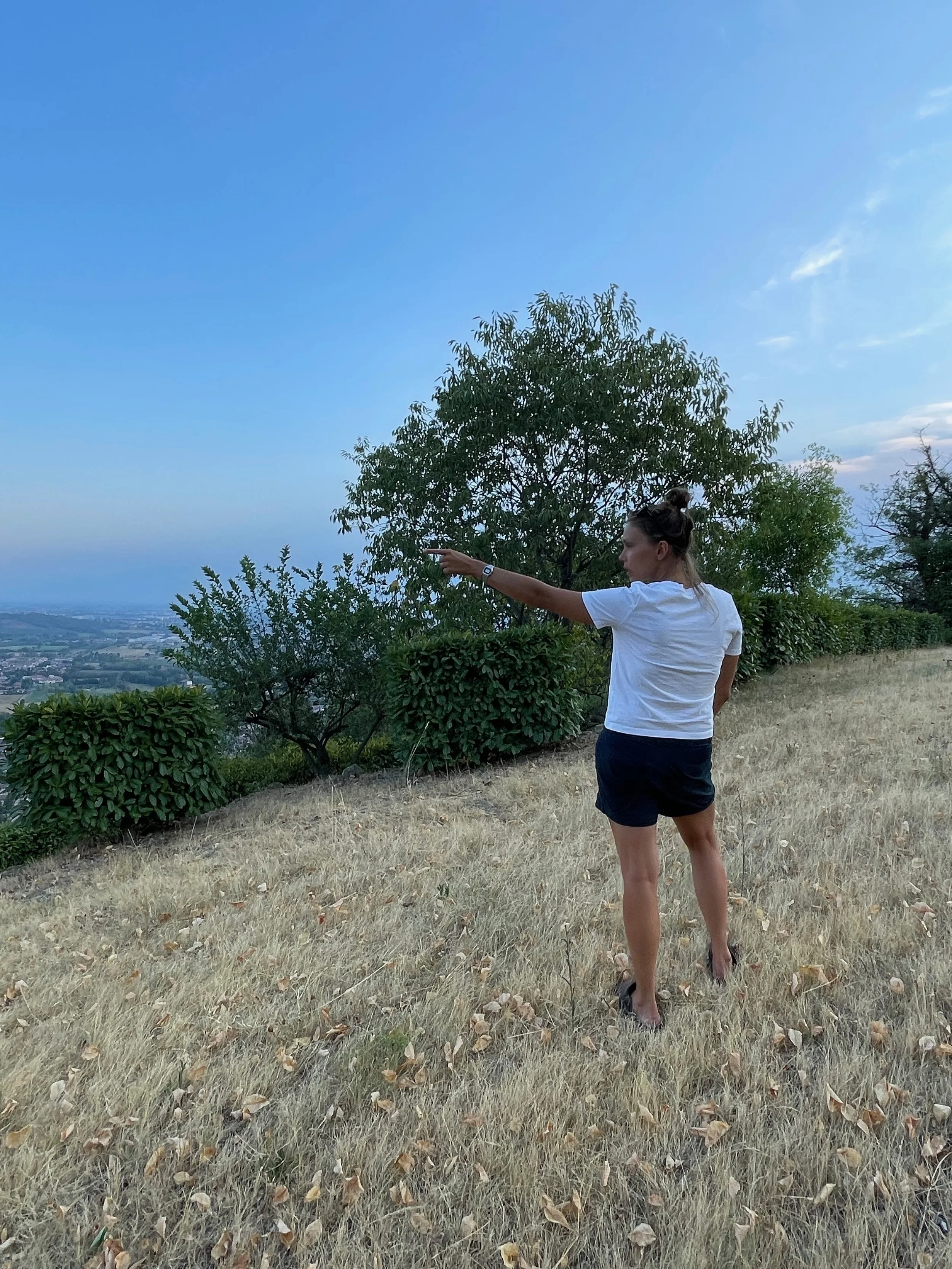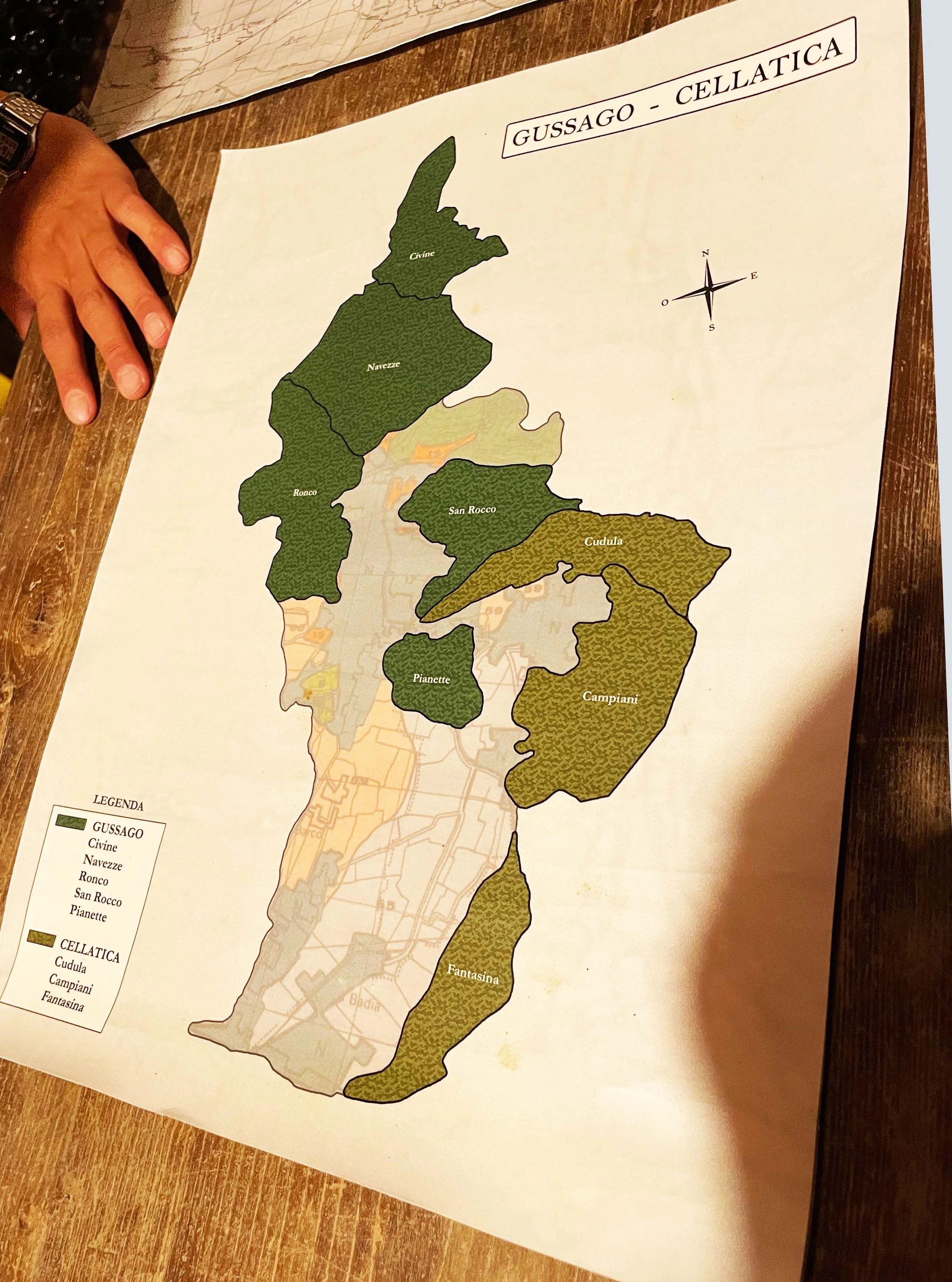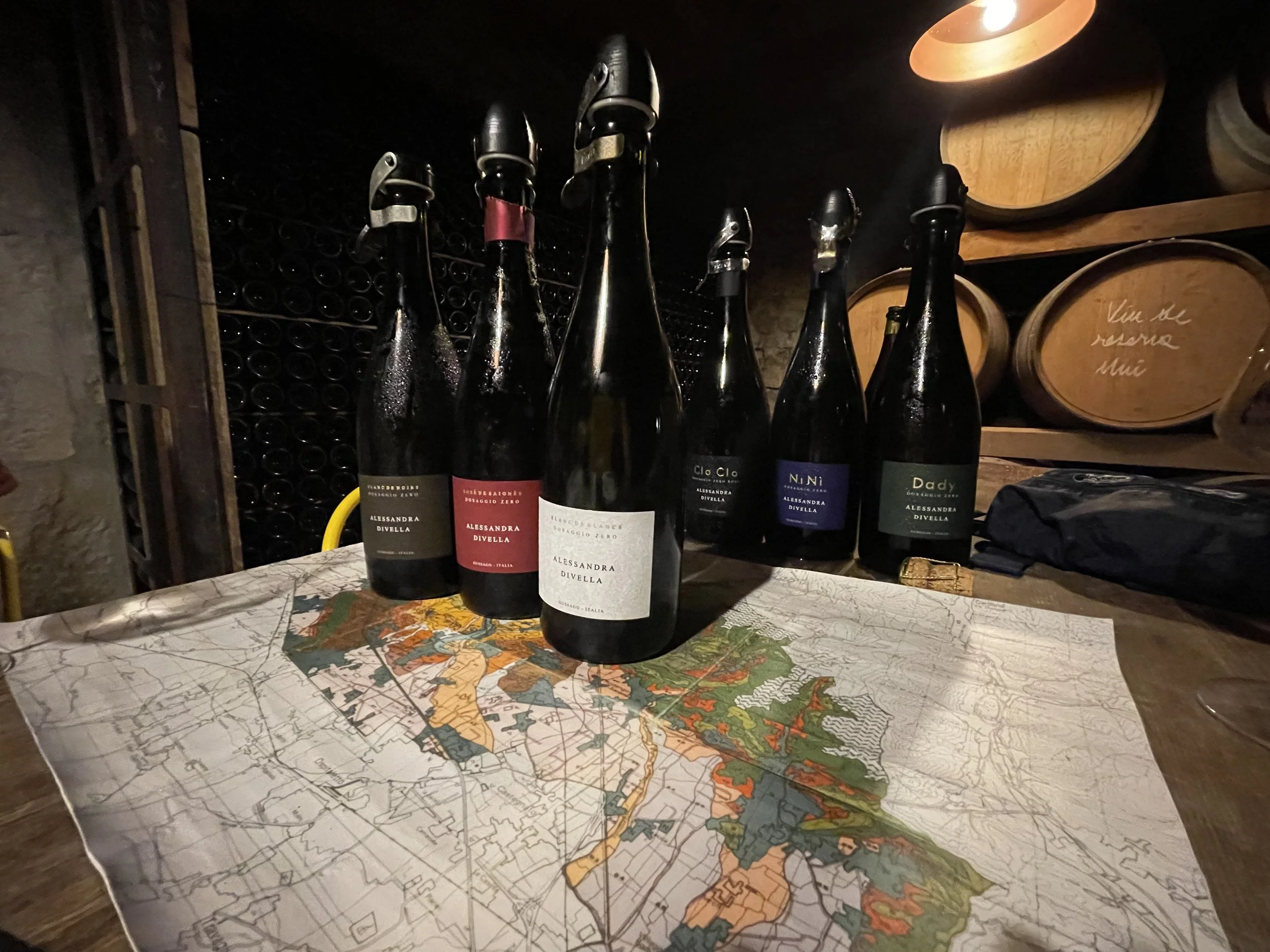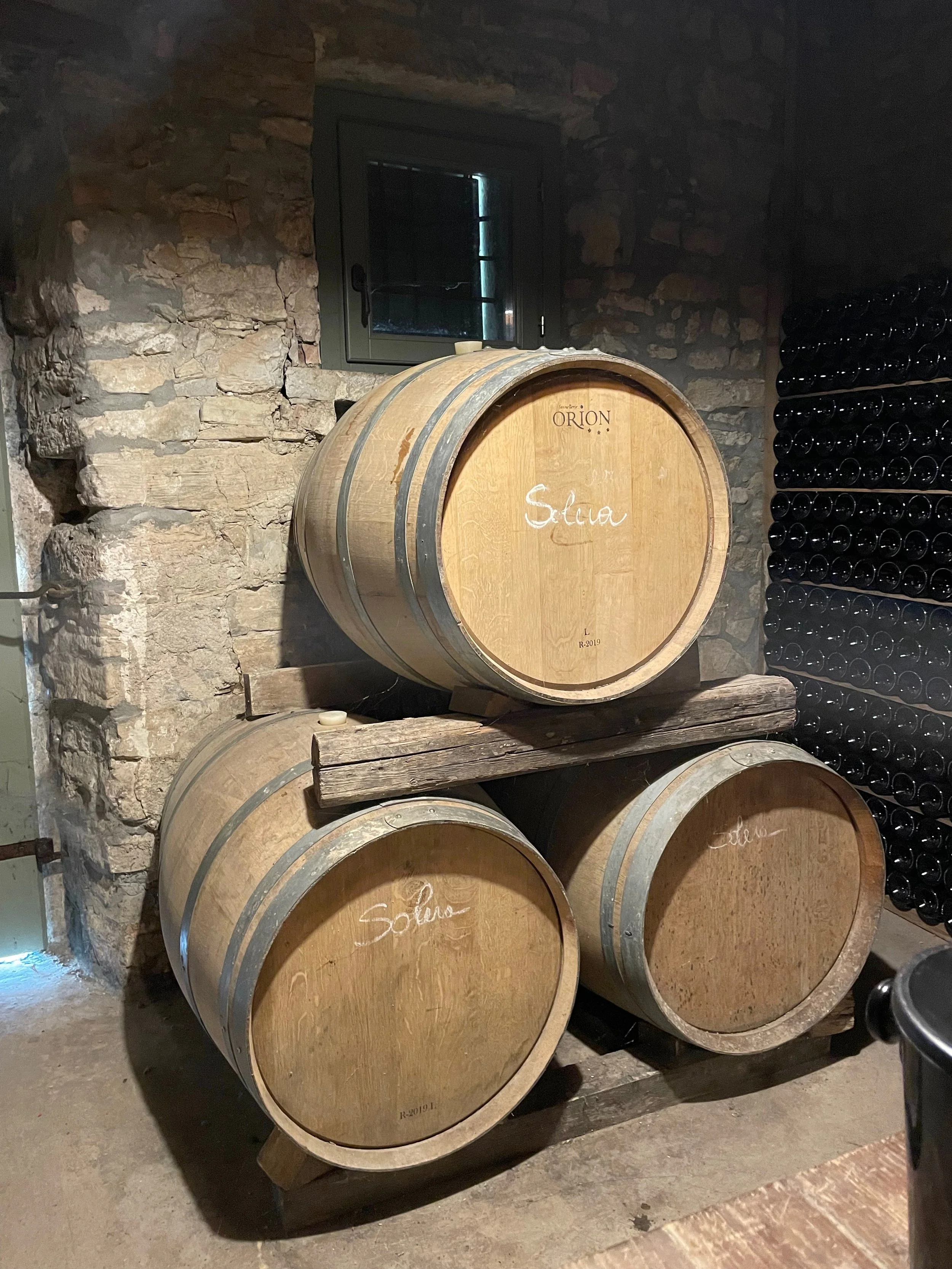The Sparkling Wines of Alessandra Divella
NEW WINES COMING FROM ALESSANDRA!
Can we say it? That these wines are the biggest bang for your buck for great sparkling wine in our shop?
Winelovers are only starting to say her name in the same breath as great Champagne, but Alessandra Divella in Franciacorta has been hard at work for over ten years now making unbelievably good sparkling wine.
E&R knows Franciacorta well: collectively, we have made eight visits there over the years and we currently work directly with four different producers, so we’ve come to know the area quite well. This is our fourth offering of wines from Alessandra Divella and we could not be more thrilled.
Pending the shipping situation we anticipate the wines being here in late March. The winery is tiny and the total cases to all of America is very small.
All Alessandra’s wines are dosage zero, nothing added or filtered out.
Imagine a few ideas about winemaking lingering in a field together. One is permaculture, one is zero dosage sparkling wine, one is natural winemaking, one is multivintage blending. It’s rare to find all of these things existing together, rarer still to find them tended by a winemaker with a bright personal vitality for creation. Alessandra’s perch in the hills of Gussago is the field where these ideas can all be found in conversation — and you can listen to the dialogue through a bottle of her sparkling wine.
Culturally, Franciacorta is a region obsessed with texture. For instance, one of the most famous wine types out of Franciacorta is called Saten, a sparkling wine whose name is controlled by the DOCG, that refers to a lower pressure, tiny bubble wine whose most distinguishing factor is that it is satin-like. In all likelihood this designation was created as a retort that some drinkers have to any Italian sparkling wine — “it’s a little thin”. However Saten is often a wine that is fabricated to highlight a richness that is created like a pastry is fabricated (with no disrespect whatsoever to the style, we love quite a few Satens from Franciacorta). Wine culture in the region shies away from categories like regional, appellation-based labelling and more toward flavor-based designation.
With each parallel we make to other Franciacorta wines we must also distinguish Alessandra’s from Franciacorta at large. She is not part of the appellation. From the beginning of her label she chose to be distinct from the appellation, simply legally labelling her wines “vino spumante qualita”.
In Gussago and Cellatica, the texture of a wine can come instead from the chalk soil, and Alessandra’s methods of metodo classico without sulfur show more of the broadness of this mineral. Her wines achieve a similar amplitude and tactility with their minimalistic approach.
Instead of being created to satisfy a designation like Saten, Alessandra’s wines are counterparts to nature and the thing about a place that stays the same even as its fruits differ from year to year. The wines will still appeal to (and stun!) any lover of Franciacorta, but any tasting experience of Franciacorta is not a fair preview of Alessandra’s wines. Maybe a better precursor to her wines is just to say that New York Times’s wine critic Eric Asimov called her Clo Clo rosé one of his most memorable wines (from anywhere!) of 2022.
WINE DOES NOT STAND STILL — PRIORITIES AND CHANGES SINCE THE LAST VISIT
Alessandra works alone in a stone building she rebuilt from rubble. The winery sits at a vista overlooking oak forest and chatters with forest liveliness. Inside, the cellar is simple: a basket press, barrels, bottles in tirage, not much else.
Alessandra says that her natural winemaking is a choice, but that for her natural farming is non-negotiable. With a few (mostly family) volunteers each year she is able to farm all of her sites (on thick clay and Jurassic limestone) using organic methods. She will use certain biodynamic/herbal treatments on her vines but prefers to be known as a permaculturist. She continues to learn and pursue education around the subject of ecosystems, especially looking to soothe vineyards with the presence of other plants in the vineyard. Her land is an extension of the forest that surrounds it; she prefers vineyards that are bound on the edges by woods and the diversity of plants and animals within them.
Come into the store and we will show you a rock from one of her vineyards. The vines sit in Next to the Champagne rock it’s pinkish, but still so chalky that it leaves a powdery white mark on your skin. It is the same at Ca del Vent, right around the bend from Divella.
Alessandra has been able to buy land or lease vineyards in every sub-appellation of Gussago and Cellatica. It’s like being able to make wines from different vineyards of Vosne-Romanee, in terms of scale. Gussago is a small place, but in Franciacorta winemakers have little context for what small places taste like. Most wine comes from vineyards farmed at a scale far beyond the vigneron scale, or is blended into huge regional blends. There are a few exceptions among other small rebel growers in the vicinity, like Ca del Vent, who are working on similar scales with similar-sized parcels.
Though she has not yet planted or purchased fruit in every subappellation, she will soon (within the next 10 years) be able to say she has vine sourcing in every zone of Gussago.
map courtesy of (made by!) Alessandra Divella
Alessandra is using the time-traveling art of blending wines from multiple vintages. Each year that passes is a palate of more raw material to contribute to the work of her wine. Like so many of her inspirations in Champagne, she experiments with a layering of many years’ wines. The multiple vintages rest together in old neutral barrels and melt into each other. The wines that we are offering in this email have roughly 30% reserve wine in each cuvée, with the remaining 70% consisting of the harvest from a single year.
Each harvest offers distinct conditions. The process of blending the vintages moderates extremes and can create fascinating results. For instance, one wine that is lower in acid can be mitigated with an angular, sharp wine. The different years provide balance and flesh each other out. It’s a major investment and commitment to store reserve wine in barrel, on top of the project of keeping wine on tirage — one reason it is less popular in Franciacorta.
While we tasted through reserve chardonnay barrels, Alessandra at one point stopped to say: “we are really pushing now”. It was a wine that felt endless, a hushed hall of a wine with the peace of the stone cave where it rested for a length of time and was added to at interval through a period of 3 or so years.
incoming wines!
During our conversation Alessandra reminds me of an image from a shared beloved myth, a portal into the next world cut by a sword. The more mysterious element at play in winemaking is time — how certain characters can emerge that have never seen. Or they could not be seen with one vintage’s pressing, but in layering the vintages from the same place in different proportions with finesse, a literal character springs forward: the miracle that wine is busy being born. A wine coming from several years is a bit of an anomaly — how could fruit from two years be tasted at once, with all of its initial freshness and vivacity, by any living thing? But when you see it, it’s like a little ghost that lived in that place all along.
We need an artist for this ghost to be experienced in a beautiful way. And we need more artists of wine everywhere, those who are helping the earth in its project of growing good grapes, but then devoted to the vision of creating something in the process.
Se la forma scompare
la radice è eterna
Alessandra points to this graffiti on a cement wall of Cellatica where Divella’s next vineyard is to be planted. The shape can disappear but the root remains. Alessandra finds it to be a good omen, and perhaps multi-vintage blending advice for those who know how to take it. A phrase as precious as a vineyard. The vineyard in Cudula (subzone of Cellatica) looks toward Campiani, another village in the area known to be fine for wine since the tenth century.
A new wine Alessandra makes is named Dady for her 80-year old aunt. Dady just spent a month travelling in Ethiopia alone, at her age. Dady is a sort of Lombardian Georgia O’Keefe (not a bad description for the way the wine tastes either) — a resilient, austere person always turning corners of curiosity because she does things alone. Practical so that she can enjoy herself. Dady is a blend of reserve and vintage 2017 wine from basket-pressed chardonnay fermented in neutral oak for three years without topping and aged on its lees for 42 months in bottle. Alessandra waited to name the wine for this special person in her life until she tasted it and knew it was right. Plucked from the deep stone of the ground and the cellar there she was.
Click each wine for more detail.
Divella Blanc de Blancs Dosaggio Zero NV 2019
The flagship wine and a dazzler, one to clear away all preconceptions about sparkling wine from Italy. Hyperbole? Well not from our tastings in the hills outside the little village of Gussago where Alessandra makes her gorgeous wines. Alessandra harvests the grapes in one pass and presses using a basket press this 100% chardonnay fermented and aged in neutral oak. It's aged on lees for 33 months. No sulfur added at any point. 12% alcohol, clean, driven, long and alive. Absurd value. $47.00
Divella Clo Clo Dosaggio Zero Rosé NV 2018
2018 base with 30% reserve wine, Clo Clo is named after Alessandra’s Swiss mother. All pinot noir, a very pale rosé, no dosage, no sulfur and all delicious, it is a wine of precision and cut. Strong almond or aldehyde note, and incense floating. Shapeshift-y in the glass, fascinating. Eric Asimov’s favorite! $69.00
Divella Ni Ni Dosaggio Zero NV 2018
As above a third of reserve wine, Nini (named after her father) is 50/50 Pinot noir and chardonnay, which are also aged in barrel together for this wine. After second fermentation aged on the lees for 48 months. Gunpowder flint and greener elements of tea. Saline, taut and brimming with vitality, it is glorious and haunting. $69.00
Divella Dady Dosaggio Zero NV 2018
A new wine Alessandra makes is named Dady for her 80-year old aunt. 30% reserve wine like Clo Clo, but all chardonnay here at 12% alcohol, no sugar added, organically farmed, no filtering and slightly macerated for even more depth, color and character. Dady just spent a month travelling in Ethiopia alone, at her age. Dady is a sort of Lombardian Georgia O’Keefe (not a bad description for the way the wine tastes either) — a resilient, austere person always turning corners of curiosity because she does things alone. Practical so that she can enjoy herself. Dady is a blend of reserve and vintage 2017 wine from basket-pressed chardonnay fermented in neutral oak for three years without topping and aged on its lees for 42 months in bottle. $69.00
Divella Blanc de Noirs Dosaggio Zero NV 2018
All Pinot noir from 20+ year old vines based in clay and limestone. All first press fruit and aged on lees for 48 months, disgorged this past April! Deeply expressive of limestone, Egly-like for the Champagne fans, don't worry about Champagne if you're not. Eat with oysters. $84.00
